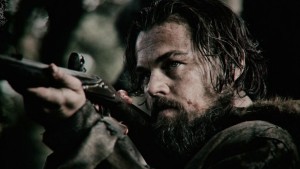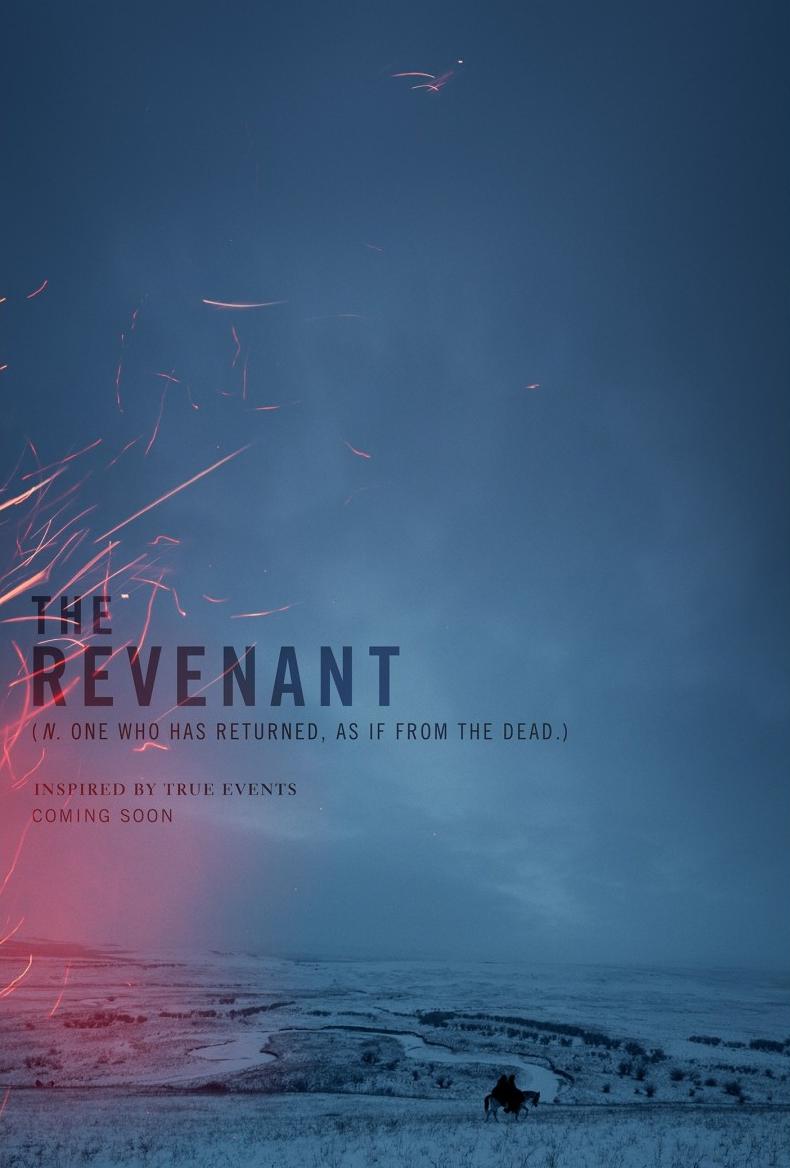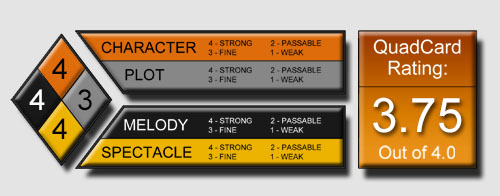 In what might be the best film of the year (not the most popular – that’s a toss up between Star Wars: The Force Awakens, Mad Max: Fury Road, and, for us, The Martian), Alejandro González Iñárritu one-ups his stellar Birdman with an equally compelling narrative which is, shockingly, a true one to boot. The Revenant has echoes of what other filmmakers might have done with their own surreal Western (Kubrick, Malick, and Refn to name but a few) and yet Iñárritu makes this his own, replete with stand-out visuals that say more than the characters ever could.
In what might be the best film of the year (not the most popular – that’s a toss up between Star Wars: The Force Awakens, Mad Max: Fury Road, and, for us, The Martian), Alejandro González Iñárritu one-ups his stellar Birdman with an equally compelling narrative which is, shockingly, a true one to boot. The Revenant has echoes of what other filmmakers might have done with their own surreal Western (Kubrick, Malick, and Refn to name but a few) and yet Iñárritu makes this his own, replete with stand-out visuals that say more than the characters ever could.
The dialogue is kept brief, and the scenery/imagery tells us all we  need to know. After all, the locations are jaw-dropping, and it’s tough to find better world-building than that provided by Mother Nature. So Iñárritu puts the snowy landscapes front and center, and treats the A-list talent as scenery (that’s one way to view the film anyway). The great thing about The Revenant is that while it is a tale of revenge, which would make it one-note, it’s not entirely linear or literal which allows audiences to take from it what they want.
need to know. After all, the locations are jaw-dropping, and it’s tough to find better world-building than that provided by Mother Nature. So Iñárritu puts the snowy landscapes front and center, and treats the A-list talent as scenery (that’s one way to view the film anyway). The great thing about The Revenant is that while it is a tale of revenge, which would make it one-note, it’s not entirely linear or literal which allows audiences to take from it what they want.
In what is becoming Iñárritu’s forte, the seemingly unbroken and impossibly long-takes are just extraordinary. While it’s done heavily at first – to grab the audience and thrust us 360 degrees into a bloody Indian attack, and later, the dreaded bear incident – things slow down and become a sluggish but purposeful survival tale. The days of instant gratification and fast, well, everything make this haggard story even more foreign to moder viewers – healing, for instance, takes time. A long time. This is an atypical Western, but still, one for the ages. Pretty sure this and Birdman will be taught in film schools in the near future.

At just over 2 1/2 hours, this is a pensive story, and the realism seeps right through the screen; the events truly feel like they are happening real time. There are no convenient edits, or scene breaks to get anyone out of peril – be it freezing, falling, drowning, or being eaten alive. The cold is tangible, the pain is tangible, the warmth from the few fires, which poke holes in the snowy prison, feel tangible. Even the hatred, anger, remorse, and vengeance feel tangible. It’s an amazing film because The Revenant is so primal yet, again, so surreal.
Whether it is the majestic visuals of the woody mountains, or dreams that Hugh Glass (DiCaprio) has constantly, the experiences start to become nightmarish and we are there every frigid step of the way. Hypnotic, cold, captivating, even when nothing is happening, the suspense continually builds to take us further into the story. Leonardo DiCaprio, as always, is committed 130% to the role, and Tom Hardy – points to you if you can recognize him – chameleons himself again, this time into trapper John Fitzgerald.

It’s amazing how little is defined in the film. Sure, the synopsis is short, and you can argue that it’s a simple story, but dig deeper and the film is also thick with metaphor and symbolism right there along with the brutality. Whether or not it was the intent of Iñárritu to make another deep film (or we’re just reaching), he’s good at getting you talking and thinking…remember the nebulous ending of Birdman?
While things can be tough to grasp, it’s not a pure descent into madness a la Apocalypse Now, but there’s a common language and something tying films like that and The Revenant together on a certain level. One of which is the beautifully haunting music from Ryuichi Sakamoto. The score teeters between delirium and anguish beautifully, and will easily be near the top of many lists this year.
G-S-T RULING:
Peppered with dream sequences (or delusions), things aren’t as straight-forward as they first seem. Maybe that’s how Glass deals with pain while recovering, maybe not, but it’s enough to get you asking questions. Not just observing the film, but participating in it. This story, about a father avenging his family, is still current two centuries later. Iñárritu makes it visceral and offers another stellar film people will continue to talk about. Other equally hard-edged films are tough to take, and one viewing is enough for a good portion of film fans. While this arduous journey is a bear (pun intended!), it’s worth another trip.


